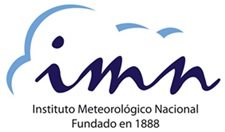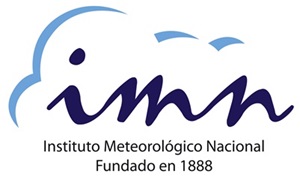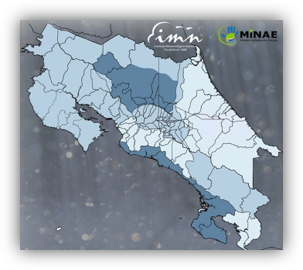Weather warnings
Jun
29
Aviso Meteorológico Informativo
Tormenta Tropical Beryl avanza sobre el Océano Atlántico
29 de junio de 2024
2.25 pm
Diagnóstico: La mañana de este sábado la Depresión Tropical 2 evolucionó en la Tormenta Tropical Beryl. De acuerdo al último informe del NHC de las 18 UTC (12 md hora local), este ciclón se...
Jun
29
Weather Warning
Central American Gyre influence decreases this Saturday
June 29, 2024
10:30 a.m.
Diagnosis: The Central American Gyre (CAG) maintains showers with storms on the coast and surrounding areas in Guanacaste this Saturday morning. The accumulated amounts in the last 6 hours vary...
Jun
28
Informative Meteorological Notice
Tropical Depression 2 formed in the Atlantic Ocean
June 28, 2024
5:35 p.m.
Diagnosis: On Friday afternoon, tropical wave n°16 evolved into Tropical Depression 2 (DT 2). According to the NHC, this cyclone will be strengthening into a tropical storm in the next few hours...
Jun
28
Weather Warning (Update)
Influence of the Central American Gyre continues this Friday (update)
June 28, 2024
4:15 p.m.
Diagnosis: This Friday, a predominance of humidity flow from the Pacific Ocean to the national territory continues, due to the development of the Central American Gyre in the region. During the...
Jun
28
Weather Warning
Central American Gyre continue the influence this Friday
June 28, 2024
10:00 a.m.
Diagnosis: This Friday a predominance of humidity flow from the Pacific Ocean to the national territory continues, this due to the development of a Central American Gyre in the region....
Weather warnings history
In this section you will find the weather warnings history.
Aviso Meteorológico-IMN-210120-1000am
Jan
21
Weather Report #8
Influence of cold surge # 17 on the country
January 21, 2020
10.00 a.m.
Discussion: The cold surge advances over Central America, at the same time generating strong winds in the north of Guanacaste, as well as in the mountain ranges with maximum speeds between 50-80 km/h, also cloudy conditions and rains in the Caribbean and the North Zone with accumulated between 10-30 mm.
Forecast: Strong wind gusts will be experienced throughout the day, with greater occurrence at the end of the afternoon and at night in the North Pacific, Central Valley and mountain ranges, with estimated maximum speeds between 40-80 km/h for the low zones and between 50-100 km/h in the mountains of both the Central Valley and the North Pacific.
With respect to rainfall, intermittent rains of variable intensity in the Caribbean and North Zone regions are expected, with amounts between 10-40 mm and possible higher accumulated locally. Drizzles are possible in the north and east of the Central Valley, as well as in the north of Guanacaste with amounts less than 5 mm. In addition, in the Pacific Ocean near the southern coast of Costa Rica and Panama, the Intertropical Convergence Zone has been activated and due to the proximity to the country it can cause short-term downpours in the afternoon mainly in the South Pacific, and to a lesser extent. measured in the Central Pacific, accumulated between 10-25 mm.
Due to the persistence of the rain in the Caribbean and the North Zone during the last days the soils are saturated; therefore, special attention is recommended to areas with vulnerability to floods and to be aware of the official communiqués of the National Emergency Commission, as well as of the official entities.
Due to the above, the IMN recommends:
- Extreme precautions due to strong winds and their possible impact on roofs, electrical wiring, signs, trees; as well as in the mountainous parts of the country (national parks, volcanoes).
- Caution for boats by choppy sea and very strong waves in the North Pacific, Gulf of Nicoya, Central Pacific and the Caribbean Sea, as well as air navigation due to turbulence over the mountainous sectors.
- Avoid burning of all kinds as they can get out of control.
- Caution in areas vulnerable to flooding due to sewer saturation, increased flow in rivers and streams, and in areas prone to landslides.
- Stay informed through social networks, Twitter: @IMNCR, Facebook: National Meteorological Institute and the Website: www.imn.ac.cr
Next report today at 4 p.m.
Rebeca Morera R
Meteorologist
DMSA-IMN
 RSS IMN latest alerts(Local Notification): https://www.imn.ac.cr/en/web/imn/avisos-meteorologicos/-/asset_publisher/lTlyP4wEZlDa/rss
RSS IMN latest alerts(Local Notification): https://www.imn.ac.cr/en/web/imn/avisos-meteorologicos/-/asset_publisher/lTlyP4wEZlDa/rss 


